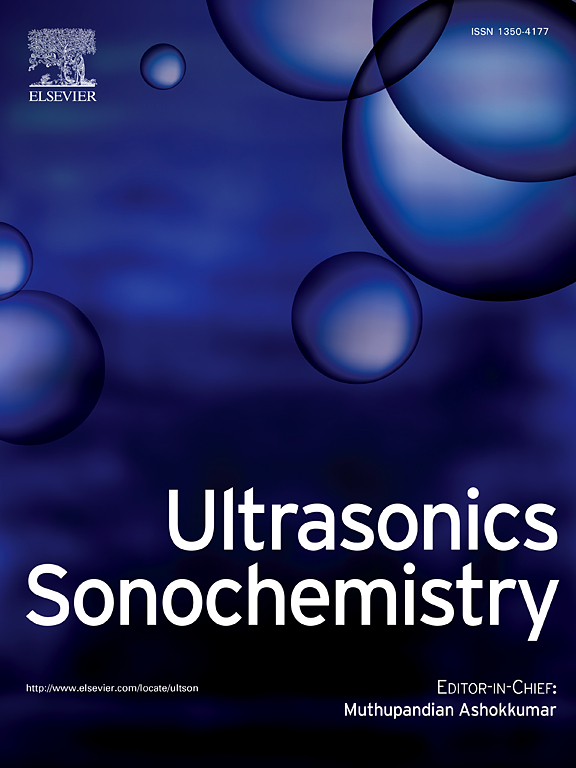Comparative analysis of cavitation erosion behavior in wire-arc directed energy deposition and cast nickel-aluminum bronze alloys
IF 8.7
1区 化学
Q1 ACOUSTICS
引用次数: 0
Abstract
In this study, the cavitation erosion (CE) behavior of wire-arc directed energy deposition (DED) nickel-aluminum bronze (NAB) alloys is compared with that of cast alloys, and the synergistic effect between corrosion and CE is investigated. The CE resistance of the wire-arc DED NAB alloy is better than that of the cast alloys. The CE of NAB alloys preferentially occurs at the boundaries of the α-Cu and residual β phases, and in the matrix around the κ phase. The residual β phase exhibits greater damage than the α-Cu phase. Throughout the CE, the alloys are dominated by local corrosion characteristics (selective-phase corrosion), while the wire-arc DED NAB alloys exhibit superior uniform corrosion characteristics. Notably, the uniform corrosion characteristics of all alloys are enhanced after CE. The mass loss caused by the synergistic effect of the cast NAB alloy and wire arc DED NAB alloy accounts for 56% and 52% of the total mass loss, with the corrosion-induced CE increment exceeding that of the CE-induced corrosion increment.

求助全文
约1分钟内获得全文
求助全文
来源期刊

Ultrasonics Sonochemistry
化学-化学综合
CiteScore
15.80
自引率
11.90%
发文量
361
审稿时长
59 days
期刊介绍:
Ultrasonics Sonochemistry stands as a premier international journal dedicated to the publication of high-quality research articles primarily focusing on chemical reactions and reactors induced by ultrasonic waves, known as sonochemistry. Beyond chemical reactions, the journal also welcomes contributions related to cavitation-induced events and processing, including sonoluminescence, and the transformation of materials on chemical, physical, and biological levels.
Since its inception in 1994, Ultrasonics Sonochemistry has consistently maintained a top ranking in the "Acoustics" category, reflecting its esteemed reputation in the field. The journal publishes exceptional papers covering various areas of ultrasonics and sonochemistry. Its contributions are highly regarded by both academia and industry stakeholders, demonstrating its relevance and impact in advancing research and innovation.
 求助内容:
求助内容: 应助结果提醒方式:
应助结果提醒方式:


